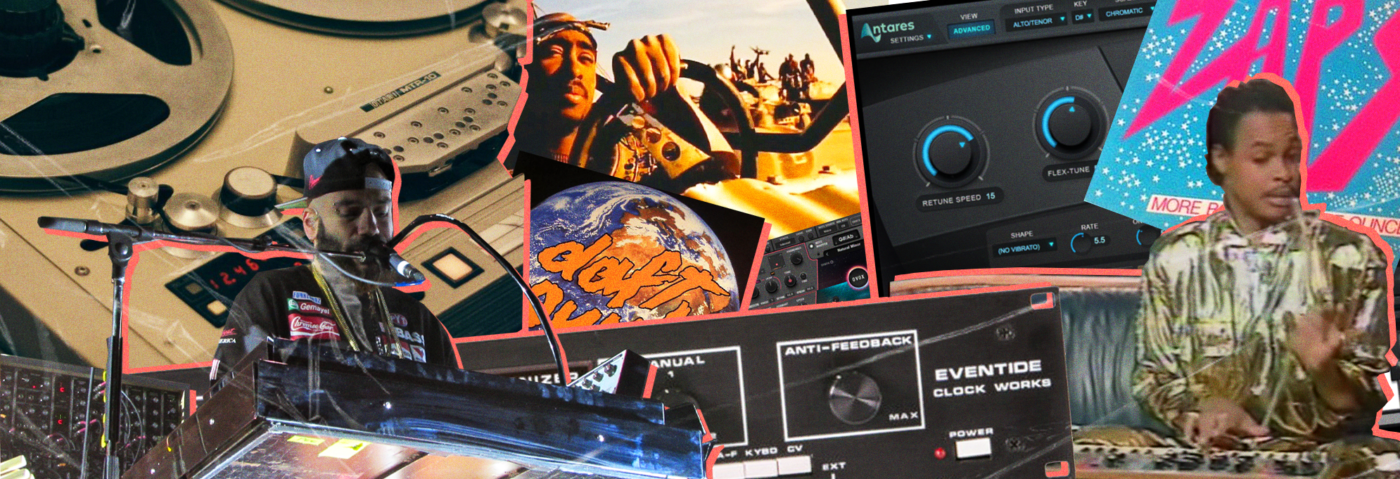In this second part of a two-part series, we further explore the history of vocal synthesis, this time looking at the talk box and vocal pitch correction.
If there’s one thing people love, it’s the sound of the human voice. As biological beings, it’s one of our most important assets. Communication would be very limited without it, after all. When using it in music, it’s almost always the main focus of a song. You can pan the other instruments all you want but the voice needs to be front and centre. And if there’s any frequency masking happening, you can bet any EQ carving is going to happen to the non-vocal sounds.
This being said, we’re not above slathering our voices in effects or changing it to sound like a machine. As soon as early recording engineers figured out how to trick out the human voice, they did, affecting it with everything from reverb and echo to flange, phase, and even rotating organ speakers. If there’s a way to change the timbre or character of our voices, we’re going to try it.
In part one of this series, we looked at the history of speech synthesis and the vocoder. This time, let’s get into two more voice-altering methods: the talk box and vocal pitch correction.
The Talk Box: An Evolution, The Artists, and The Techniques
Often confused with the vocoder, the talk box is an electro-mechanical device that uses amplified sound and the human mouth to make it sound like your instrument is singing. Usually a guitar pedal-like box, the talk box houses a small horn driver speaker to amplify the incoming instrument signal. This is then piped down a length of plastic tubing, which the player holds in their mouth. They can then use their lips to ‘mouth’ the sounds. The instrument signal effectively replaces the lungs and vocal cords, with the musician using their lips, teeth and tongue to do the rest. Pretty much any instrument can be used but the most common are guitar and synthesizer.
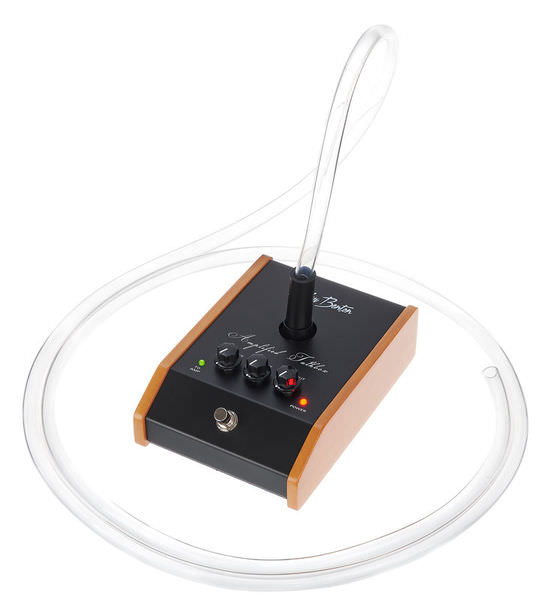
While the talk box really took off in the 1970s thanks to the Peter Frampton hit ‘Show Me The Way’ and records by Pink Floyd (‘Pigs’) and Joe Walsh (‘Rocky Mountain Way’), its history goes back to 1939 when the first approximation of one was used to modulate a steel guitar. The Bag, built by Kustom Electronics in 1969, was the first mass-produced talk box, with later improvements being made by other manufacturers over the years.
While this is all very interesting, it doesn’t really hit the mark for Attack readers, does it? For that, we need to look to the end of the ‘70s, when Roger Troutman started experimenting with a talk box and a synthesizer. Discovered by George Clinton and signed to Bootsie’s record label, Troutman and his band Zapp had a hit straight out of the gate in 1980 with ‘More Bounce To The Ounce’, a funky slab of synth funk with Troutman’s talk box vocals at the core. Using an Electro Harmonix Golden Throat talk box paired with a Moog Minimoog, Troutman pioneered an extremely funky and expressive mode of playing and singing, using the pitch bend liberally to help add emphasis to words. When FM synthesis entered the scene in the mid-‘80s, Troutman made the switch to a Yamaha DX100, still the preferred synth for talk box aficionados today.

While not as popular as the vocoder, the talk box still has its uses in dance music, thanks to its association with funk, disco and hip-hop via Zapp and Troutman. One band keeping the talk box flame lit is Chromeo, whose P-Thugg can often be seen with a talk box tube in his mouth and his fingers on a DX100. Daft Punk are also obvious talk box touchstones. ‘Around The World’ features a talk box-inspired vocal line that takes Troutman’s techniques and runs with it.
While there are plenty of hardware options for getting that talk box sound (including kits), it’s also available digitally in the form of plugins. Waves’ OVox does a very convincing job of emulating a talk box and includes presets to get you started.
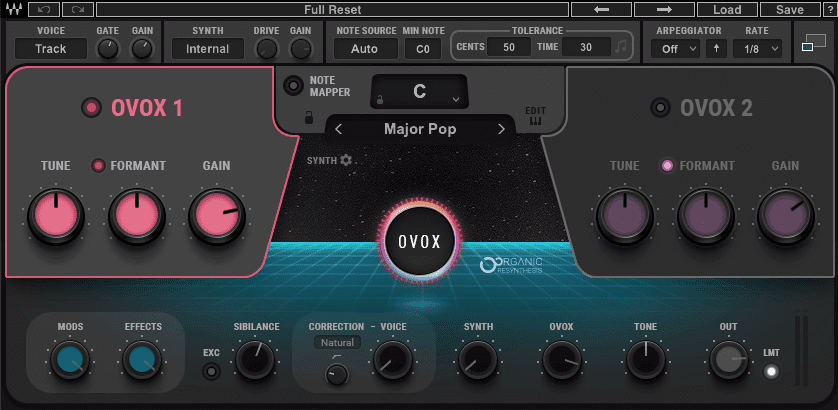
Vocal Pitch Correction: An Evolution, The Artists, and The Techniques
People make mistakes. This is as true for typos in published articles (oops) as for vocals in a pop song. While a few small mistakes can be charming, too many can ruin a record, and when your new star is more about their good looks than their vocal chops, a little (or a lot) of pitch correction is practically a necessity.
The history of vocal pitch correction is almost as long as that of recorded music. In the pre-digital days, the perfect vocal was cobbled together from multiple takes, punched in by re-recording over the blundered passage, or through varispeed, which involved altering the recording tape speed.
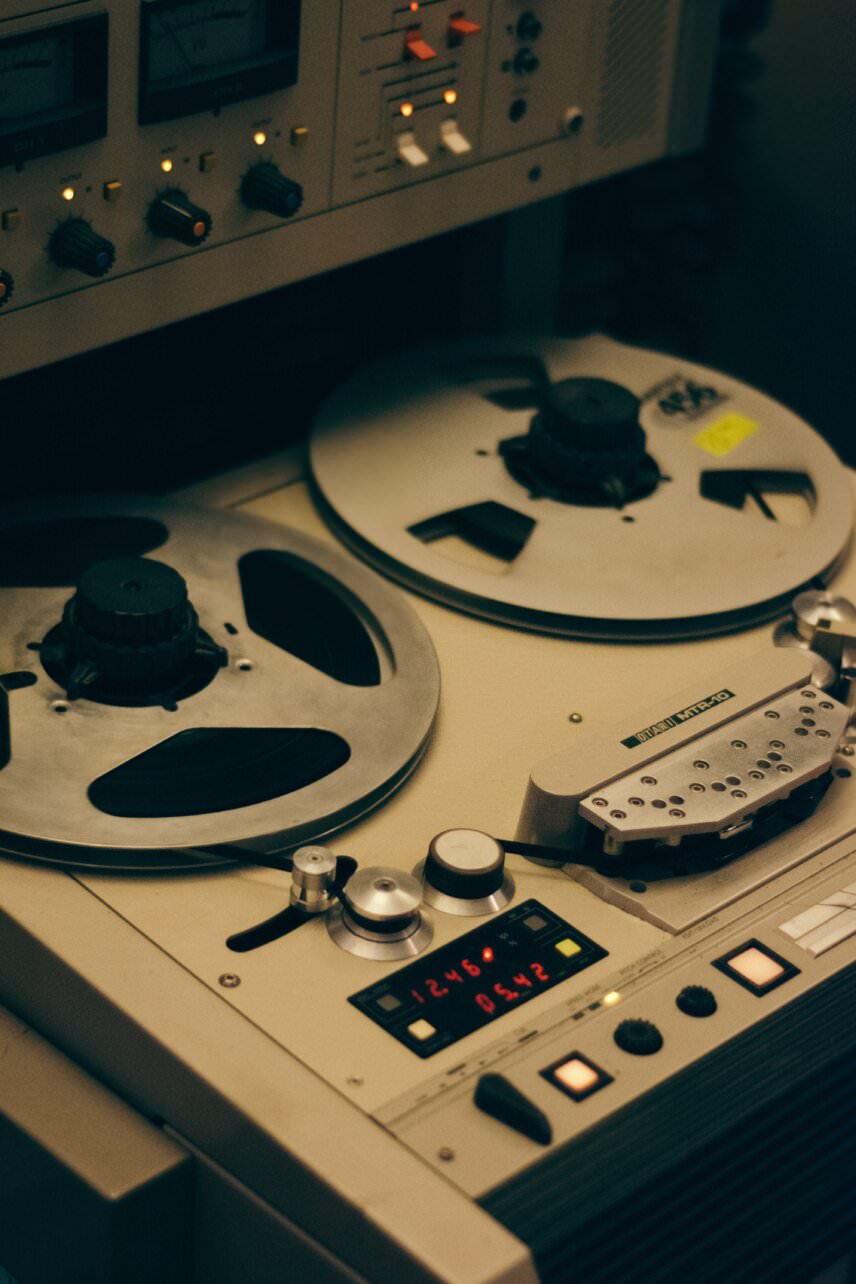
Harmonization effects arrived in the 1970s with the Eventide H910 Harmonizer, a rackmount digital effects processor (actually the first digital effects processor). Along with modulation and delay, it featured pitch shifting, allowing for harmonization and de-tuning. This was followed by the H949 Harmonizer, which could make small changes to pitch, thus allowing more focused – if laborious – pitch correction.

Fast-forward to 1998, when Dr. Andy Hildebrand took what he had learned about seismic data analysis programs working at Exxon and applied it to music at his new company, Antares Audio technology. He called his software Auto-Tune and it would go on to change music, helping ensure that no record need ever be released with a bad vocal performance again. Auto-Tune is not the only pitch correction software on the market, of course. Celemony Melodyne and Waves Tune are other big ones, and your DAW likely has one already built-in.
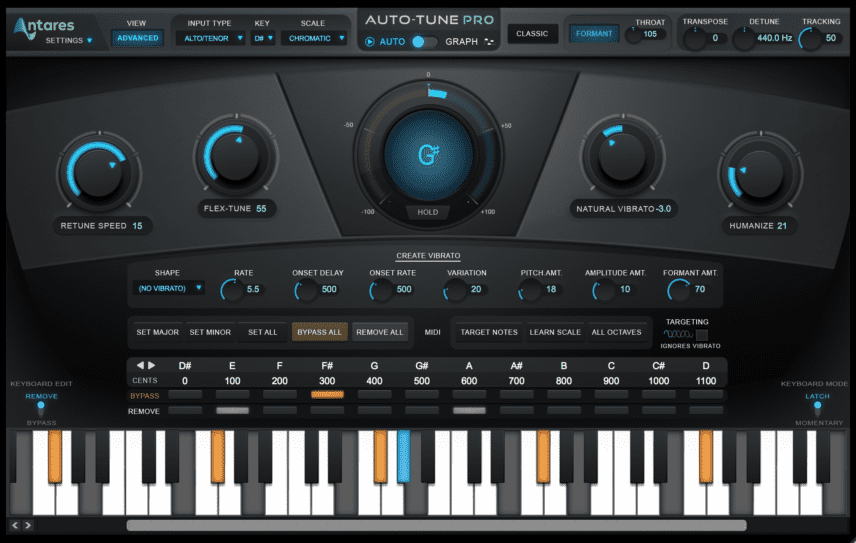
The main use for vocal pitch correction is, of course, correction. In Tune and other similar programs, producers can shift notes and performances to the correct pitch. This can be done post or live, with the vocalist singing into the software like an effect. Other uses include adding harmony and vibrato, or even creatively. By applying extreme settings in the transitions and fluctuation, a robotic effect (the T-Pain voice) can be achieved.
If you’re after creative effects more than targeted pitch correction, Waves’ OVox is a quick and fun platform for adding R&B and modern pop-style vocal effects to your production. Just turn off the synthesizer engines – which are used to create the vocoder and talk box effects – and use the pitch correction section to constrict vocals to within specified keys or even notes. It also handles harmonization, allowing you to thicken vocals or create unique textures and harmonies quickly.
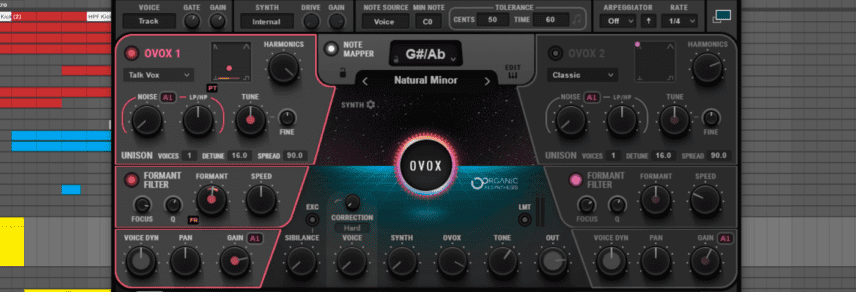
*Attack Magazine is supported by its audience. When you purchase through links on our site, we may earn an affiliate commission. Learn more.
